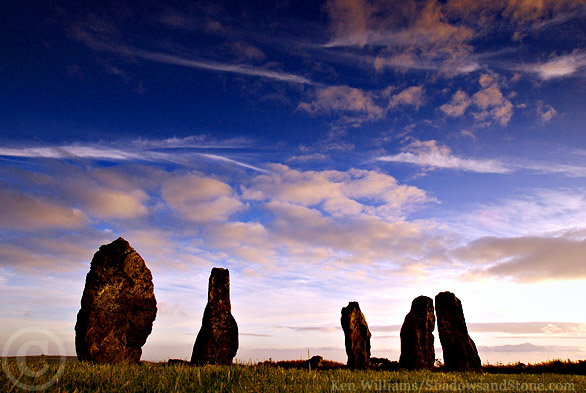It has been just over 5 years since my father died. The last time I blogged was a year ago for my original blog that I started in 2005. I have drafts littering my dashboard...in progress, or incomplete.
I had a complicated relationship with my father. I think it is part of the reason why I still try to understand him, years after he took his last breath, in his bed at home. A home that me and my husband own, but where he resided, where he chose to have his last breath. It took time to shift from pain to trust, from resentment to heartfelt love. The father who died, was not the one I lived with for most of my life. I am grateful for this.
My father was 8 years old and living in the UK when WW2 began. Bombings, displacement, death. He built a future of fear and anger, as destruction rained down on him, he internalized this and it scarred everything with a vicious depth and ferocity that left few around him untouched by it.
I didn`t know much of those years until later in his life, until the last years and months of his life. I read about it in journals after he died. I heard him ask for my forgiveness in the last 6 months of his life. I started healing from the what-could-have-been when my children were born, and saw the pure love he showed them. I forgave him years before, when I stood up and refused to take any additional verbal assaults. I don`t know why I was his target. Something in me repulsed him. There were times growing up when he was yelling at me again for the many-dozen-th time that week, seething so much at me I could see the foamy saliva forming on the corners of his mouth. Rabidly angry at me. It took me many years to realize it wasn`t me.
In the sunshine, as sunset beamed what felt a million shades of pink and purple, the sunset of his life too, the last of the days where he was still mobile. He tearfully spoke, in a voice softened by illness, age and understanding. He spoke of his anger, how all consumed he was. How he lived in anger. How I had been the one he had targeted anger. Never a full explanation of why me. He spoke to my strength. He asked me my forgiveness. He regretted not living a life with more love. I felt so much deep, in your core sadness...could it reach any deeper. I explained again, I forgave him a long time ago. I had chosen not to live in anger or shame or resentment. I did not want a half life. I learned and saw what damage could result. I learned, painfully, but learned gratitude and forgiveness are gifts we give ourselves, they liberated me from the pain of not feeling enough, of not understanding how someone could be my parent, but despise me for simply breathing alongside them.
Healing was truly complete when I saw who he could be, when he let love in. My boys had already healed me, the bond I have with them gives me hope and gratitude and more love than I could have ever imagined in life. I saw them heal him with their love words and their hugs and joy. I saw my father through the lens of a grandfather who doted on his grandchildren. It was bittersweet as he could have been that for me, but when I saw the beautiful, perfect love form between them, I felt the sunshine of that love. I carry that with me...the feelings of seeing those moments. When I look back at the traumas of my father`s childhood, and how he passed those to me by his words and actions, I am not haunted by them. I learned what was mine and what wasn`t. I chose love. I chose myself.
I am my father, and so I try to keep learning. Genealogy is so much a part of that and am so grateful for the DNA cousins I have met along the journey. I am more drawn to dedicating time to my paternal side. I wish he could see it, that he could know so much of what I have found. I wish he had shared his stories, that it hadn`t been access to journals after he had died. But I am grateful, that despite all of the complicated, that when I said goodbye to my father, after my youngest had made a series of origami boats and placed them around his head on his pillow, that after his last ever action he had after being in a coma for over a week, was that he suddenly reached out to my children inexplicably (no medical explanation) as he hovered over death, when I said goodbye to him, I was able to fully and honestly say, that I loved him.
























